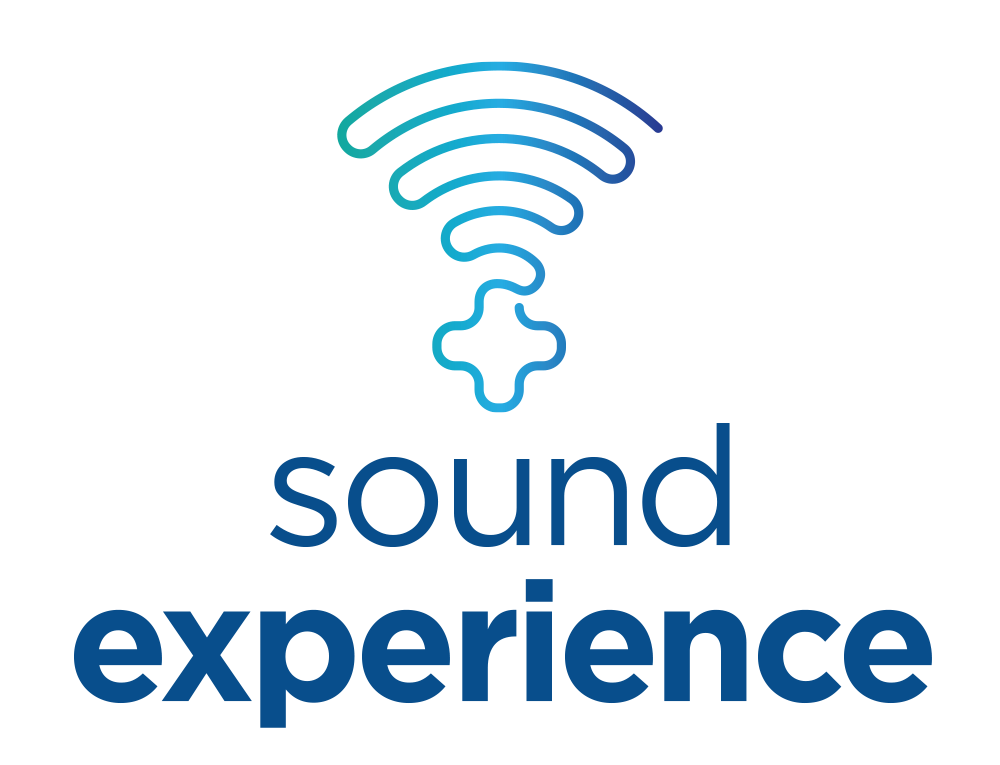Muscle tears, grading muscle injury, and the ultrasound report. What’s new?
At our recent referrer’s evening, we spent time discussing our current approach to reporting and monitoring muscle tears.
We showed some cases of tears, including the possible appearance on ultrasound. Using the example of a muscle tear with retracted fibres, Scott talked about how they can be difficult to detect, even when they are quite severe.
We then spoke briefly about opinions prevalent in the literature regarding the grading of muscle injury. In keeping with these, our perspective is:
Grading systems are too simple, too complex or too many, and even the validated ones don't represent the spectrum of individual injury.
First aid and early diagnosis are important to identify potentially disabling tears or to identify normal.
One examination isn’t enough to predict the course of injury progression or resolution.
We now report muscle tears as an anatomical classification based on the following factors:
Long view of the medial gastrocnemius/soleus inter-aponeurosis haematoma (superior/inferior poles not visible in single ultrasound frame) following a large free gastrocnemius aponeurosis tear.
Tear or no tear.
Size of the tear.
Site of tear.
Structure(s) torn.
Haemorrhage.
Muscle contraction changes.
Vascularity at tear site.
The last three are important factors to monitor over time. Without resolution of haematoma or with a large tear causing functional changes to contraction, it’s less likely that return to participation will be successful, and reinjury is more likely. Vascularity at the site of the tear, when the time of acute injury is known, is a useful surrogate measure for active regeneration and can be used to help time reloading.
If you’re interested in learning more, we recommend you read the articles below. We’re keen to chat too - give us a call.

